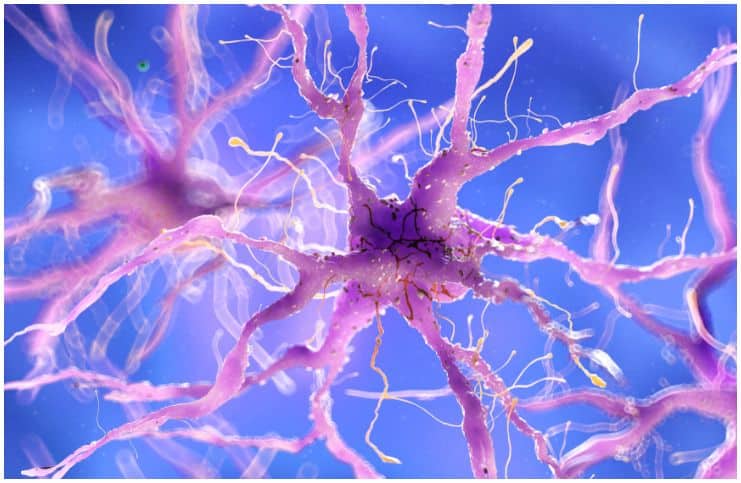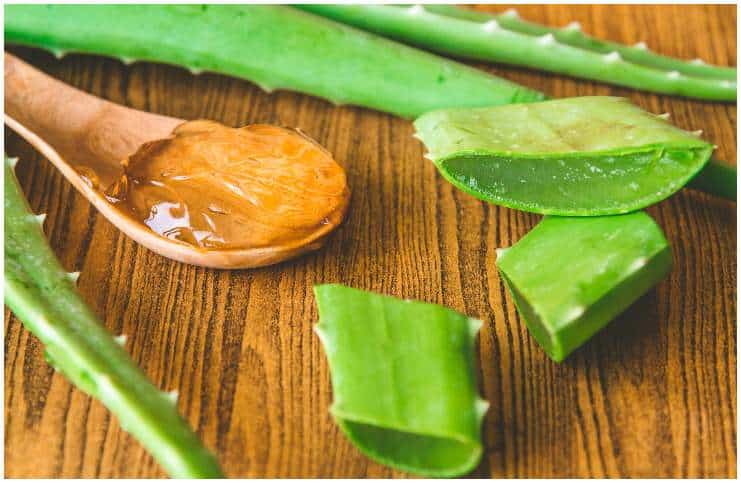Postherpetic neuralgia (PHN) is a painful condition that affects the skin and nerves. It is actually a complication of herpes zoster, better known as shingles – a condition caused by a reappearance of the varicella-zoster virus, the same virus which causes chickenpox.
PHN typically starts after shingles lesions begin to crust over and heal. Its pain is intense and may be described as stabbing, burning, or gnawing. It is estimated that about 20 percent of patients with shingles will get PHN. The risk of PHN increases with age, mainly affecting seniors.
Symptoms are typically limited to the area of skin where the shingles outbreak first occurred and include:
- extreme sensitivity to temperature change;
- occasional sharpshooting, burning, jabbing pain;
- headaches;
- numbness;
- itching;
- extreme sensitivity to touch;
- constant throbbing, burning, or aching pain.
Here is a list of home remedies and natural treatments for postherpetic neuralgia:
#1 Cayenne Pepper
It works as a great natural remedy for reducing pain due to its analgesic and anti-inflammatory properties. In addition, capsaicin, one of the cayenne pepper’s active constituents, stimulates the release of substance P in the human body. Substance P is a neuropeptide that acts as a mediator of pain transmission in the central nervous system.
Also, when cayenne is used topically, it can relieve numerous types of pain, from diabetic neuropathy to migraine headaches, shingles, menstrual cramps, backaches, arthritis, and bruises.
#2 Oatmeal Bath
An oatmeal bath is a natural and effective method to soothe the burning, itching, and pain caused by this condition. To make an oatmeal bath, you can either steep a bath bag of whole oats in warm water or add grounded oatmeal powder directly to warm bathwater.
#3 Aloe Vera
It has natural anti-inflammatory, anti-viral and anti-bacterial properties. It is considered the king of all-natural herbs used in alternative medicine. For example, aloe vera contains 20 minerals, like – calcium, manganese, zinc, and iron which promote faster cell growth.
Oral aloe vera can reduce symptoms of gastrointestinal disorders, like – diarrhea, according to the National Center for Complementary and Integrative Health. Along with these findings, this medicinal herb has been shown to help with such issues as rheumatoid arthritis, sore muscles, osteoarthritis as well as it can reduce pain.
#4 Acupuncture
This ancient Chinese medical practice helps to relieve pain by balancing the human body’s natural energy channels. The acupuncturist usually inserts 4 to 10 needles and leaves them in place for 10 to 30m while the patient rests.
Inserting the needles is believed to actually correct imbalances in the flow of energy in the body, called Qi.
#5 Resveratrol
Found in red grapes, wine, blueberries, and blackberries, this antioxidant is known to have numerous beneficial effects on the body, including brain-protective, anti-cancer, and even life-prolonging benefits. Furthermore, according to some studies, resveratrol works on a cellular level for pain regulation.
Another mechanism of action of resveratrol involves tricking a cell into thinking it is deprived of energy, leading to increased production of energy-producing proteins by that respective cell.
#6 Willow Bark
It has been used throughout the centuries in Europe and China and continues even in the present day to be used for the treatment of pain and inflammatory conditions, like – tendinitis and bursitis.
The bark of this tree contains the chemical salicin, which is very similar to the main ingredient in aspirin.
Note – if you are allergic to aspirin, you should avoid this product. Allergy symptoms may include – nausea, black stools, and fatigue.
#7 Vitamin E
It is an antioxidant that can help decrease inflammation levels as well as it can reduce pain levels. You can take a regular dose of the supplement or use vitamin E oil on the skin. According to the data, good results could be obtained from doses of 200 to 400IU per day.
However, more than 1,500 IU per day in a supplement form may increase the risk of bleeding, particularly when used with nonsteroidal anti-inflammatory drugs.
Note – the best source of vitamin E is sunflower seeds.
#8 Ginger
Dut to its potent anti-inflammatory properties, this spice is a great remedy for body pains and aches. It also improves blood flow and digestion as well.
To use it, you can apply a paste of ginger powder to the affected skin area or steep ginger root for tea and drink up.
#9 Epsom Salt
A relaxing bath with Epsom salts is a classic natural treatment for any type of pain. High in sulfates and magnesium, Epsom salts are absorbed through the skin to provide relief as they reduce muscle spasms, lower inflammation, and relax tense areas.
#10 Turmeric
It is basically a root, usually found in spicy foods, especially in Indian cooking. Turmeric contains a natural substance, called curcumin – which has powerful anti-inflammatory properties (if you add some black pepper, the bioavailability of curcumin is increased up to 2000 percent).
Turmeric also has antioxidant properties that help reduce pain. To use it, you can mix ¼ tsp of turmeric powder with water to make a paste and apply topically to the affected area. Leave it on for 15 minutes, then massage lightly for 1 minute. Then, clean with warm water.
Note
If your pain gets worse despite applying home remedies, you may be referred to a healthcare specialist. While waiting for your appointment, you might be prescribed a drug called tramadol, a synthetic opioid pain drug that is used to treat moderately severe pain.
However, this drug can be very addictive if taken for long periods, therefore, it should be prescribed for the shortest time possible.
Images credit -Shutterstock & Getty
READ THIS NEXT: Valacyclovir vs Acyclovir
References http://www.nejm.org/doi/full/10.1056/NEJMcp1403062 https://www.ncbi.nlm.nih.gov/pmc/articles/PMC5237496/ https://academic.oup.com/cid/article/36/7/877/319103





PHN chronic pain , I need a pain relief after 2 years
I’m 3 yrs 3 months in now and suffering with PHN
Taking Gabapentin for two yrs it makes me sleepy, dizzy I feel so unwell and my quality of life has gone. My eye has been badly affected too.
Have you tried red light therapy? or b vitamins?
did anyone try Cayan pepper shots?
I wonder if it’s something that can help my dad who is over 80 and suffering badly for a few years now from P.H.N.
please email me [email protected]
I had shingles on one side of face (forehead and eye area) was prescribed Valcosvar for 5 days – really did nothing – kept seeking help from dermatologists, optomaogist – no real help – now 6 months later – have redness and stinging which with cream I received from derm – helps. I stopped putting any moisturizer on my face use no makeup for 7 months – now after research – going to try advil to help inflamation on browbone. This has been a horrible experience.